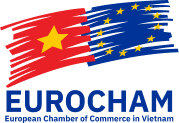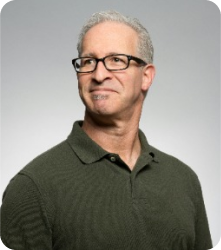On the morning of 18 June 2025, the Medical Devices and Diagnostics Sector Committee (MDDSC) of EuroCham attended Workshop on the Draft List of Medical Devices for Centralised Procurement organised by the Health Economics Research and Assessment Center (HERAC).
The event gathered approximately 70 participants, including government officials, representatives from central and local hospitals, and members of the medical device industry. Key participants include:
- Dr. Loi Nguyen – Director General of VIMDA
- Dr. Dung Le – Deputy Director General of VIMDA
- Dr. Cuong Hoang – Deputy Director General of Department of Planning and Finance
- Representatives of Departments of Health from Hanoi, Hung Yen, Thanh Hoa, and Ho Chi Minh City
Representing EuroCham and its Medical Devices and Diagnostics Sector Committe (MDDSC) were MDDSC Chairwoman – Ms. Chau Nguyen, EuroCham Sector Committee Assistant – Mr. Trung Luong, along with MDDSC members.
Chairing the workshop was Dr. Loi Nguyen. In his opening remarks, Dr. Nguyen emphasised the urgency of issuing a national list for centralised procurement of medical devices. He noted that VIMDA had worked with technical experts to develop the latest draft, which currently includes 6 product categories and 18 specific items.
Procurement should move beyond price considerations
Speaking on behalf of the MDDSC, Ms. Chau Nguyen, Vice Chairwoman, highlighted that procurement decisions should move beyond price considerations to account for factors such as technology, after-sales service, and product quality. If not carefully designed, centralised procurement may limit patient access to the most appropriate medical technologies and potentially freeze innovation, putting Vietnam at risk of falling behind in the adoption of advanced medical solutions. MDDSC called on authorities to reconsider the application of the proposed device list to avoid hindering access to quality care or technological advancement.
Medical devices should be customised to patients’ needs
Several hospital representatives also voiced their concerns during the discussion. They noted that medical devices often require a high degree of customisation to match specific patient needs and clinical treatment pathways. Centralising the procurement of a single product line or model may restrict physicians and patients from accessing the most suitable solutions, even when alternative devices are technically usable but not clinically optimal.
The need for clear criteria and standards in tender documents
Industry representatives raised additional concerns regarding the tendering process. Some medical devices, particularly those with high technical standards and internationally recognized certifications, may struggle to compete on price alone. Without clearly defined technical criteria and quality standards in the tender documents, these products could be disadvantaged, making it difficult for both procuring entities and suppliers to participate fairly and effectively.
In his closing remarks, Dr. Dung Le, Deputy Director General of VIMDA, acknowledged the valuable and active discussions held throughout the workshop. He affirmed that VIMDA would carefully review the feedback received from both hospitals and industry representatives and would continue to revise the draft list to ensure optimal patient access to high-quality medical devices.






